What does Uber have in common with NASA and the US Army? Well, nothing really besides the new partnership for developing commercial flying taxis by 2023. The new UberAir service wants to launch electric flying taxis within the next five years and working with NASA and the US Army may just realise those ambitions.
It’s always only a matter of time before countries explore each other’s successes (or failures) and this is no different. Combat drones, powered by advanced technology like artificial intelligence, are the new ‘wingmen’ to Chinese carrier-based fighter jets. Essentially, it appears to be an attempt to compete with the prowess of the United States’ unmanned aerial vehicle (UAV) programs. Some believe that it’s China’s version of the US Navy’s Unmanned Carrier Launched Airborne Surveillance and Strike (UCLASS).
According to Shi Wen, chief engineer and designer of China’s Caihong (CH), or Rainbow UAV series, “The joint operations of manned military aircraft, like fighter jets, and UAVs is the drone’s future. We are making efforts to promote artificial intelligence (AI) for UAVs to allow manned aircraft to co-pilot UAVs.”
One wouldn’t normally associate electric military vehicles with performance and durability but this off-roader is in a class of its own. Late last year Nikola Corp showcased the world’s most advanced electric UTV and recently, the US marines had a go. Electric military vehicles have never looked this good and fun to drive.
Naval warfare could be on the brink of a total makeover through cutting-edge technology and innovation. Making waves at the center is the Sea Hunter – a new breed of unmanned, autonomous vessels launched in 2016. It forms part of the DARPA Anti-Submarine Warfare Continuous Trail Unmanned Vessel (ACTUV) program. DARPA has already completed trials of a prototype unmanned submarine hunter and claims it could lead to a new class military vessel.
A glimpse into the future of mountain rescue could mean replacing the image of our furry friend, the St Bernard. No surprise really as technology is forever advancing and with that, an unmanned aerial vehicle (UAV) made from carbon fiber with a 2.2 meter wingspan.
A team of students at the prestigious University of Warwick School of Engineering in Coventry, England, has designed an unmanned aerial vehicle. The core concept is to deliver immediate aid and equipment to people in need before a rescue team arrives. These UAV’s will essentially be the first responders.
The Defence Security Equipment International Exhibition (DSEI) is a world leading event uniting the global security and defence industry. It represents the entire supply chain unrivalled by anyone and a great place to share knowledge and ideas. London was the preferred location for the event held in September this year and provided great insight into the British defence industry.
In light of the increased global terror threat, exhibitors showcased some really innovative solutions. Some examples include land, marine and airborne Improvised Explosive Devices (IED’s) and mines but the main focus points were aviation, land combat, maritime as well as defence electronics, training simulations and cybersecurity.
Not that long ago everyone thought the new millennium would usher in flying cars, electric hoverbikes and other advanced tech. It’s no longer just a fantasy as portrayed in sci-fi movies with flying cars and electric hoverbikes in daring police chases. Technology is now at the point where that dream could, in fact, become reality sooner than we think. Not just for military or police purposes, but a much broader horizon awaits us all.
The USS Gerald R. Ford (CVN-78) is Marine Engineering at its best. It houses more than 4 500 crew members and weighs in at 90 000 tons. With a $13 billion price tag, it’s the most expensive and most advanced warship ever built. It certainly sets the bar extremely high.
Christened in November 2013 and scheduled to be commissioned this year, these super-carriers are expected to be in service until 2065. They are also set to replace some of the Navy’s existing Nimitz-class carriers.
Both classes have a similar-looking hull but the Ford class is miles ahead with new technical and technological innovations. Designed to improve operating efficiency and reduce operating costs, the USS Gerald R. Ford also requires fewer crew; about 600 to be more specific. It’s estimated to save $4-5 billion on operational expenditure making it extremely cost effective in comparison.
The future of aerial combat is no longer a figment of our imagination but more a reality. Global powerhouses are turning to drone technology even more to further strengthen their military prowess. Kratos drones are just one of many companies doing some groundbreaking work.
Kratos drones were featured at the recent Paris Air Show offering an insight into the future of unmanned aerial combat. With the associated price tag of a manned fighter jet reaching $100 million, UAV’s could be the low-cost option going forward.

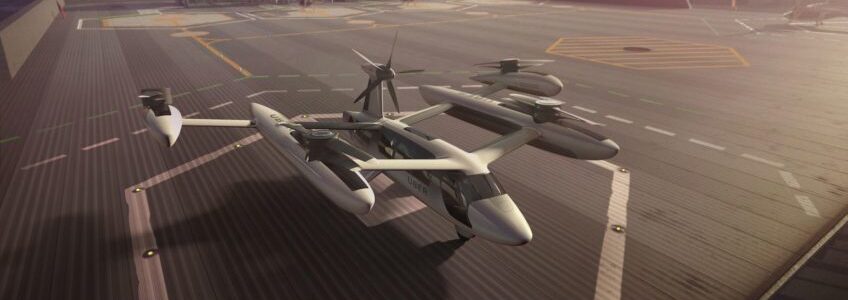


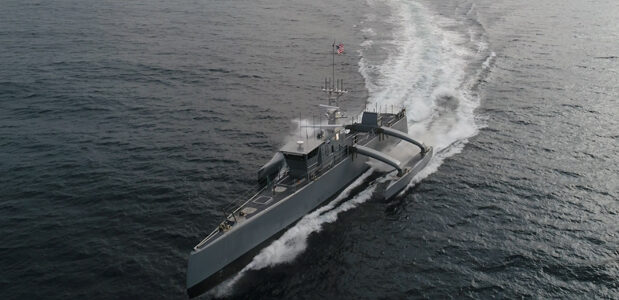
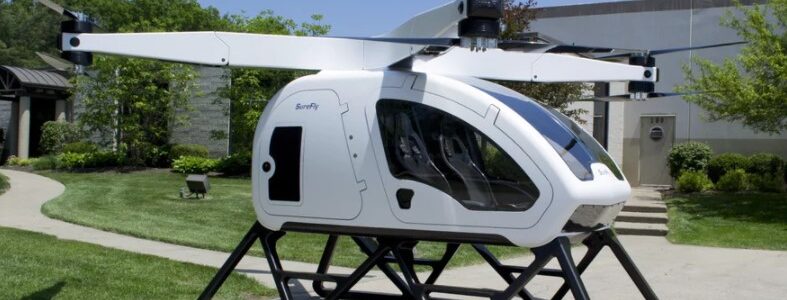


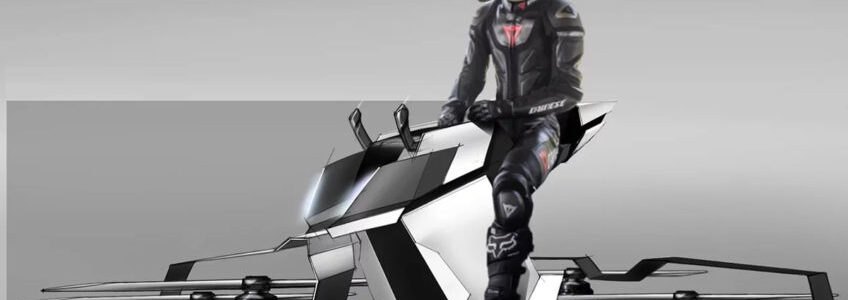
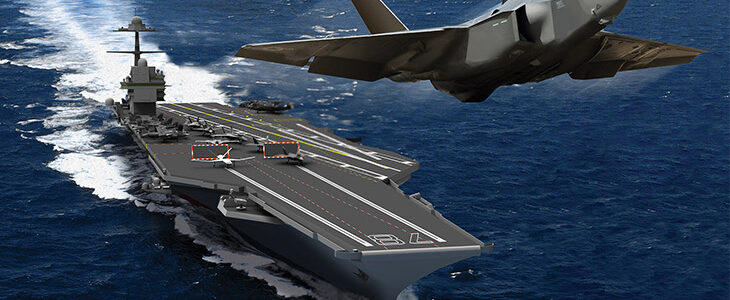

Recent Comments